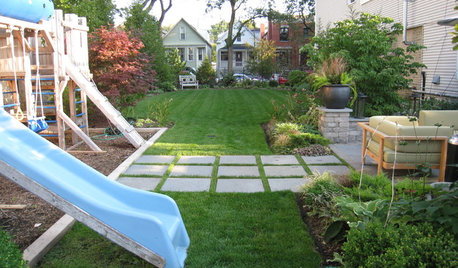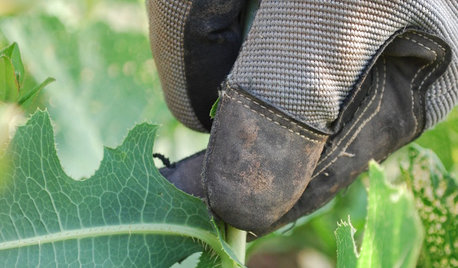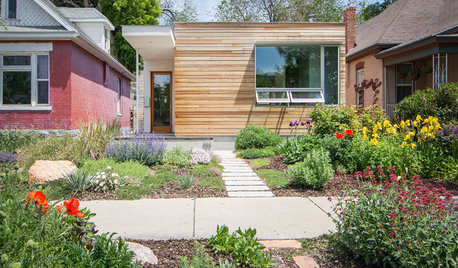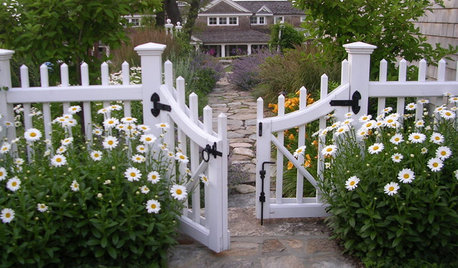my neighbor's burning bush
still_lynnski
9 years ago
Featured Answer
Sort by:Oldest
Comments (25)
gardenweed_z6a
9 years agoedlincoln
9 years agoRelated Professionals
Deer Park Landscape Architects & Landscape Designers · Franconia Landscape Architects & Landscape Designers · Caldwell Landscape Contractors · Eustis Landscape Contractors · Fort Hunt Landscape Contractors · Gurnee Landscape Contractors · Hicksville Landscape Contractors · Mahwah Landscape Contractors · Middletown Landscape Contractors · Paterson Landscape Contractors · Estero Decks, Patios & Outdoor Enclosures · Houston Decks, Patios & Outdoor Enclosures · Hull Decks, Patios & Outdoor Enclosures · Pittsburgh Decks, Patios & Outdoor Enclosures · South Milwaukee Decks, Patios & Outdoor Enclosuresstill_lynnski
9 years agoSteve Massachusetts
9 years agodiggingthedirt
9 years agoedlincoln
9 years agoflying_c
9 years agoedlincoln
9 years agostill_lynnski
9 years agotree_oracle
9 years agoSteve Massachusetts
9 years agoSteve Massachusetts
9 years agoedlincoln
9 years agotree_oracle
9 years agoedlincoln
9 years agotree_oracle
9 years agoterrene
9 years agodiggingthedirt
9 years agotree_oracle
9 years agoclaireplymouth z6b coastal MA
9 years agostill_lynnski
9 years agoumpfan
9 years agoPersimmons
9 years agoterrene
9 years ago
Related Stories

PETSHow to Help Your Dog Be a Good Neighbor
Good fences certainly help, but be sure to introduce your pup to the neighbors and check in from time to time
Full Story
LIFE6 Tips for Teaching Your Kids to Be Good Neighbors
Everyone wins when your children learn to respect boundaries, get help when they need it and show others they care
Full Story
FRONT YARD IDEAS10 Ideas for a Front-Yard Edible Garden Your Neighbors Will Love
Choosing attractive, well-mannered plants and sharing the bounty will go a long way toward keeping the peace
Full Story
GARDENING GUIDES9 Low-Growing Hedges That Make Good Neighbors
Define garden areas or borders without blocking the view, with these evergreen shrubs that take kindly to trimming
Full Story
LIFEPortrait of a Terribly Good Neighbor
Sometimes the best kind of neighbor isn't the kind you'd expect
Full Story
HOUZZ TOURSMy Houzz: A Modern Home Meets Its Neighbors Halfway
Its exterior proportions fit the next-door Victorians, but this Salt Lake City home has its own distinctly modern personality
Full Story
LIFEHow to Get Along With the Neighbors — and Live Happier at Home
Everyone wins when neighbors treat one another with kindness, consideration and respect
Full Story
COMMUNITYSimple Acts: The Unsung Power of a Good Neighbor
There are many ways to be a good neighbor, and they're often easier than you think
Full Story
CURB APPEAL7 Ways to Create a Neighborly Front Yard
Foster community spirit by setting up your front porch, paths and yard for social interaction
Full Story
REMODELING GUIDES8 Tips to Help You Live in Harmony With Your Neighbors
Privacy and space can be hard to find in urban areas, but these ideas can make a difference
Full StoryMore Discussions









tree_oracle